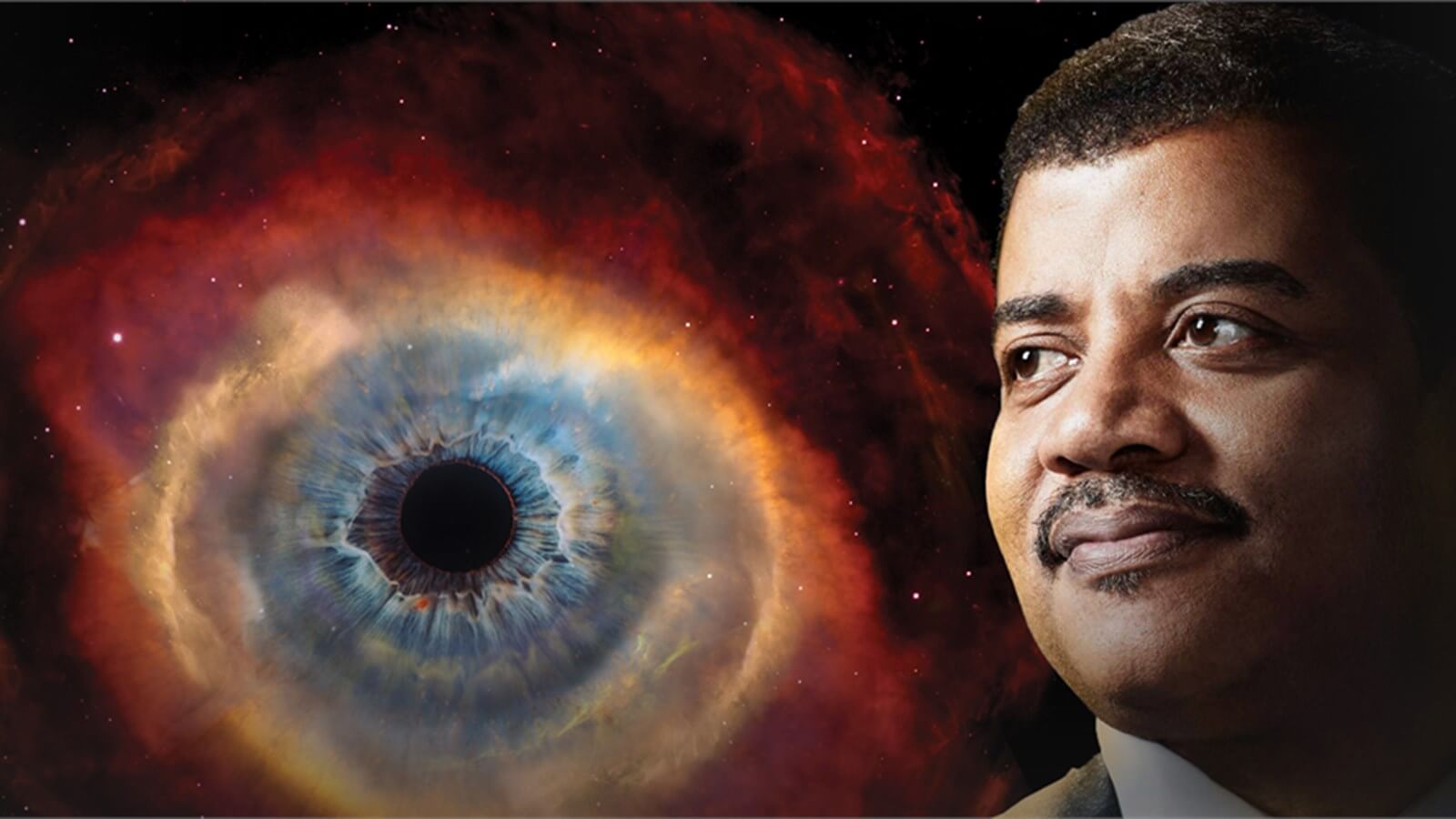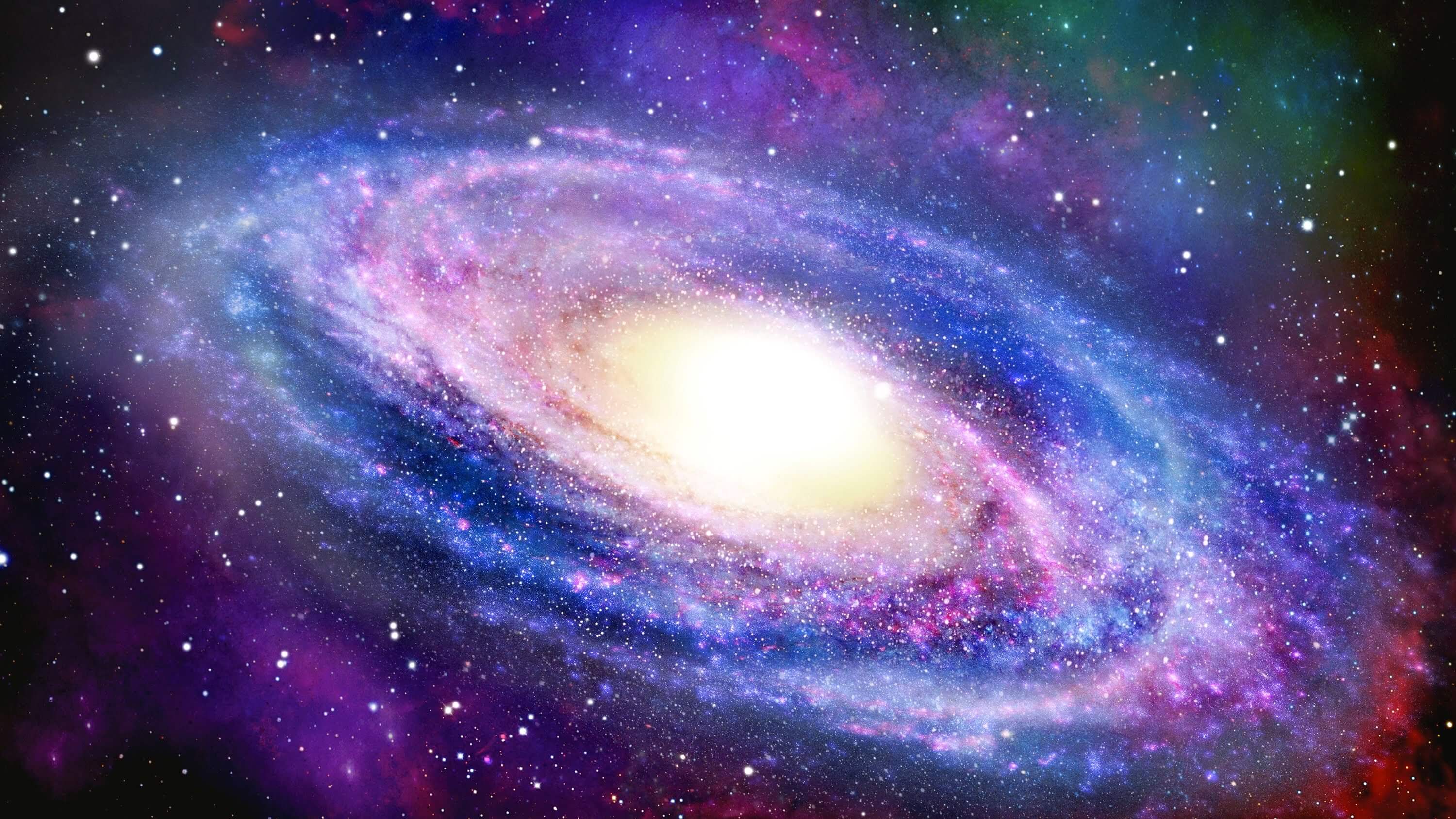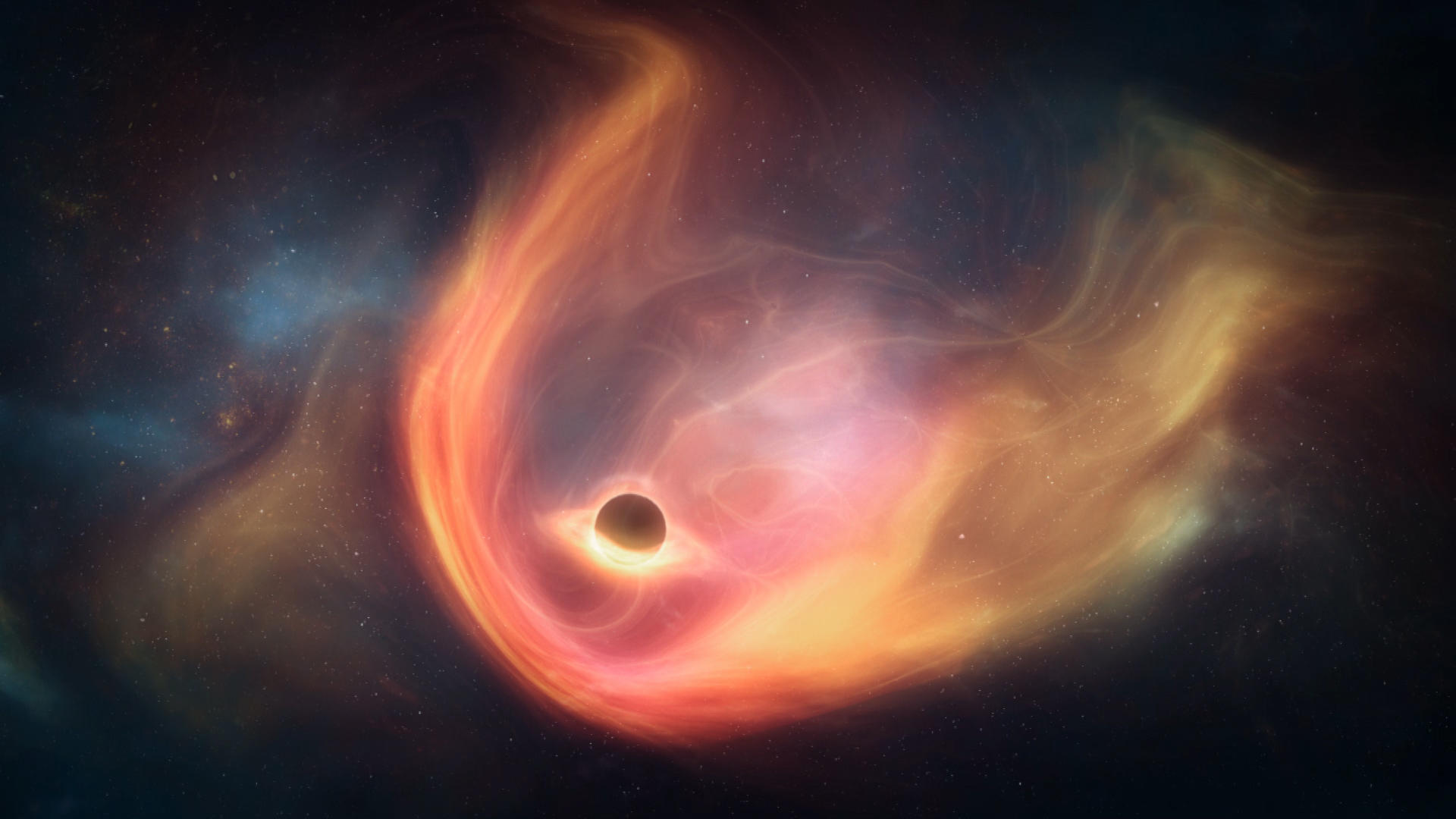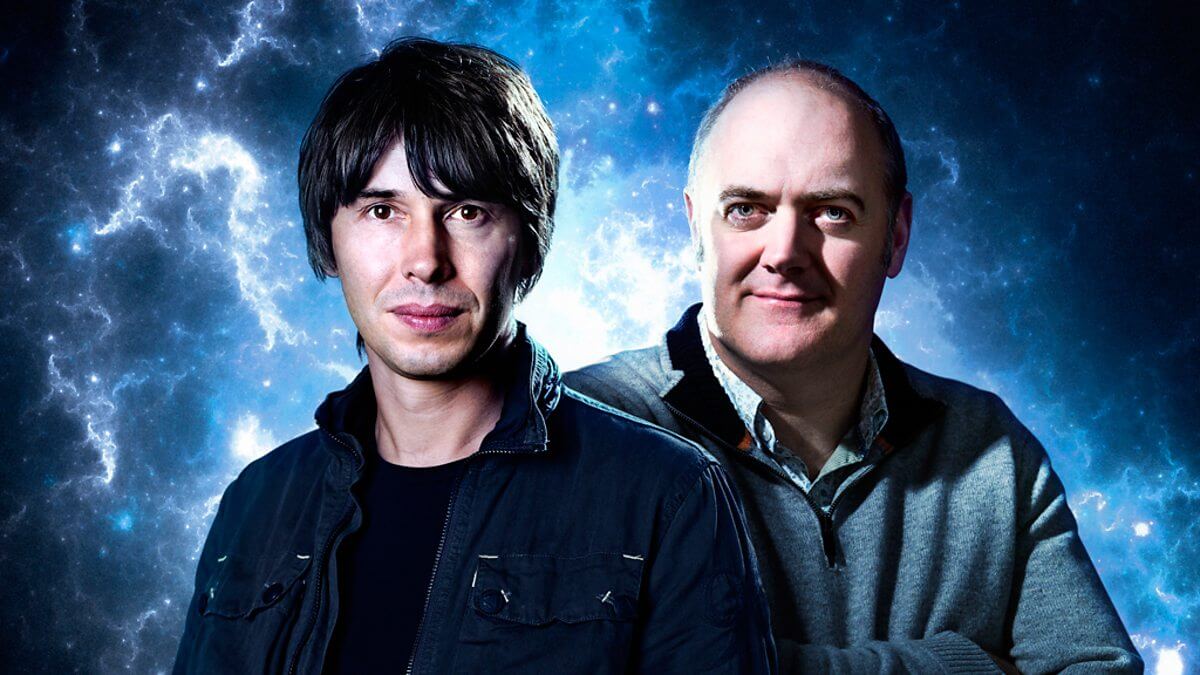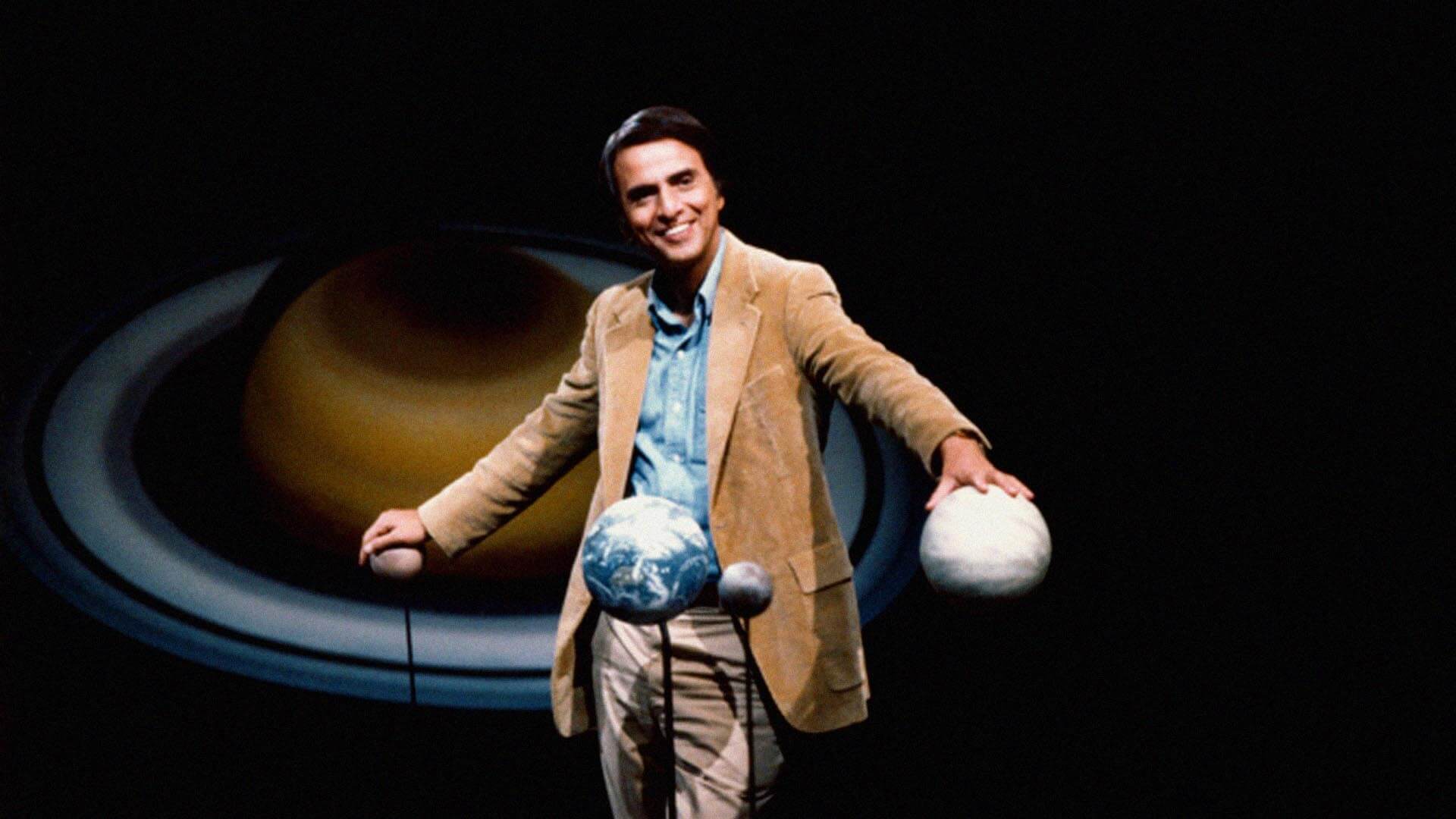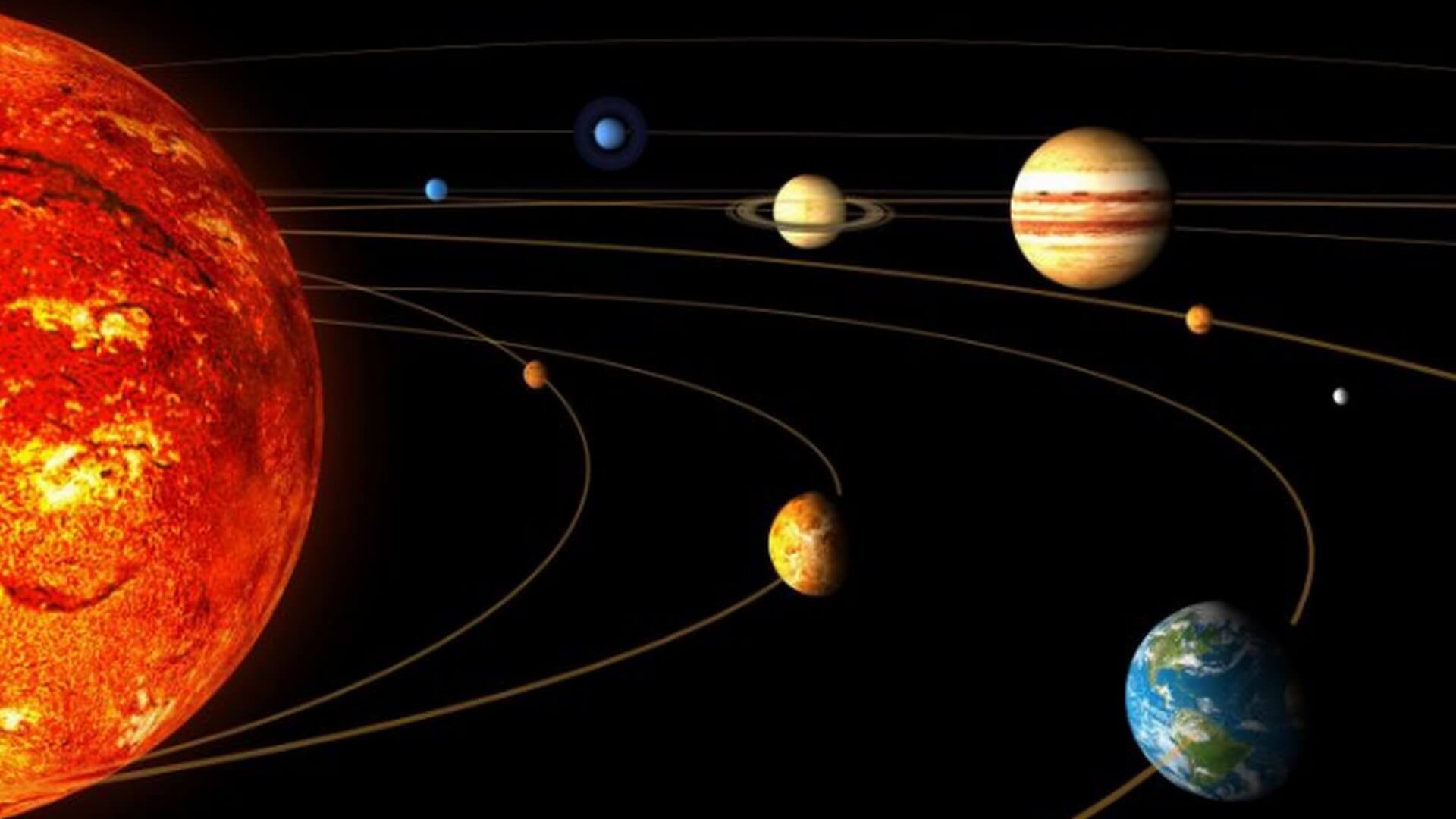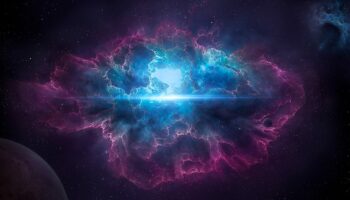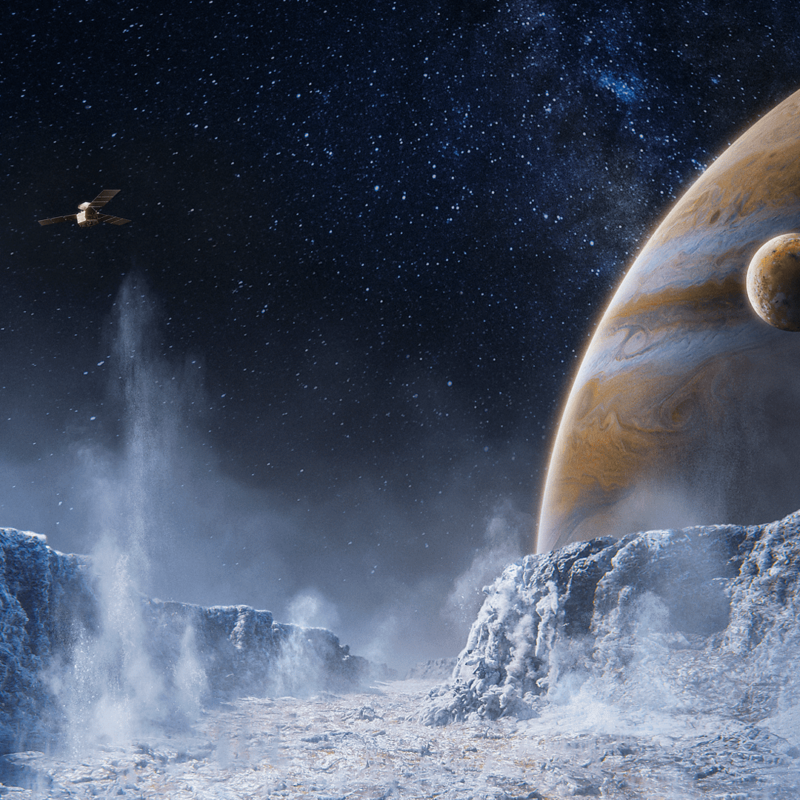description:
Cosmos: A Spacetime Odyssey is an American documentary television series. It is a follow-up to the 1980 television series Cosmos: A Personal Voyage, which was presented by Carl Sagan. The new series’ presenter is Neil deGrasse Tyson. The executive producers are Seth MacFarlane and Ann Druyan, Sagan’s widow.
The original 13-part Cosmos: A Personal Voyage first aired in 1980 on the Public Broadcasting System, and was hosted by Carl Sagan. The show has been considered highly significant since its broadcast; David Itzkoff of The New York Times described it as “a watershed moment for science-themed television programming”. The show has been watched by at least 400 million people across 60 different countries, and until the 1990 documentary The Civil War, remained the network’s highest rated program.
Following Sagan’s death in 1996, his widow Ann Druyan, the co-creator of the original Cosmosseries along with Steven Soter, a producer from the series, and astrophysicist Neil deGrasse Tyson, sought to create a new version of the series, aimed to appeal to as wide an audience as possible and not just to those interested in the sciences. They had struggled for years with reluctant television networks that failed to see the broad appeal of the show.
episodes:
The episode begins with Tyson describing how pattern recognition manifested in early civilization as using astronomy and astrology to predict the passing of the seasons, including how the passage of a comet was often taken as an omen. Tyson continues to explain that the origin of comets only became known in the 20th century due to the work of Jan Oort and his hypothesis of the Oort cloud.Tyson then continues to relate the collaboration between Edmond Halley and Isaac Newton in the last part of the 17th century in Cambridge. The collaboration would result in the publication of Philosophiæ Naturalis Principia Mathematica, the first major work to describe the laws of physics in mathematical terms, despite objections and claims of plagiarism from Robert Hooke and financial difficulties of the Royal Society of London. Tyson explains how this work challenged the prevailing notion that God had planned out the heavens, but would end up influencing many factors of modern life, including space flight.
Tyson further describes Halley’s contributions including determining Earth’s distance to the sun, the motion of stars and predicting the orbit of then-unnamed Halley’s Comet using Newton’s laws. Tyson contrasts these scientific approaches to understanding the galaxy compared to what earlier civilizations had done, and considers this advancement as mankind’s first steps into exploring the universe. The episode ends with an animation of the Milky Way and Andromeda galaxies’ merging based on the principles of Newton’s laws.
Tyson begins the episode by explaining the nature of the speed of light and how much of what is seen of the observable universe is from light emanated from billions of years in the past. Tyson further explains how modern astronomy has used such analyzes via deep time to identify the Big Bang event and the age of the universe.
Tyson proceeds to describe how the work of Isaac Newton, William Herschel, and James Clerk Maxwell contributed to understanding the nature of electromagnetic waves and gravitational force, and how this work led towards Albert Einstein’s Theory of Relativity, that the speed of light is a fundamental constant of the universe and gravity can be seen as distortion of the fabric of space-time. Tyson describes the concept of dark stars as postulated by John Michell which are not visible but detectable by tracking other stars trapped within their gravity wells, an idea Herschel used to discover binary stars.
Tyson then describes the nature of black holes, their enormous gravitational forces that can even capture light, and their discovery via X-ray sources such as Cygnus X-1. Tyson uses the Ship of Imagination to provide a postulate of the warping of spacetime and time dilation as one enters the event horizon of the black hole, and the possibility that these may lead to other points within our universe or others, or even time travel. Tyson ends on noting that Herschel’s son, John would be inspired by his father to continue to document the known stars as well as contributions towards photography that play on the same nature of deep time used by astronomers.
Animated sequences in this episode feature caricatures of William and John Herschel; Sir Patrick Stewart provided the voice for William in these segments.
This episode explores the wave theory of light as studied by mankind, noting that light has played an important role in scientific progress, with such early experiments from over 2000 years ago involving the camera obscura by the Chinese philosopher Mozi. Tyson describes the work of the 11th century Arabic scientist Ibn al-Haytham, considered to be one of the first to postulate on the nature of light and optics leading to the concept of the telescope, as well as one of the first researchers to use the scientific method.Tyson proceeds to discuss the nature of light as discovered by mankind. Work by Isaac Newton using diffraction through prisms demonstrated that light was composed of the visible spectrum, while findings of William Herschel in the 19th century showed that light also consisted of infrared rays. Joseph von Fraunhofer would later come to discover that by magnifying the spectrum of visible light, gaps in the spectrum would be observed.
These Fraunhofer lines would later be determined to be caused by the adsorption of light by electrons in moving between atomic orbitals when it passed through atoms, with each atom having a characteristic signature due to the quantum nature of these orbitals. This since has led to the core of astronomical spectroscopy, allowing astronomers to make observations about the composition of stars, planets, and other stellar features through the spectral lines, as well as observing the motion and expansion of the universe, and the existence of dark matter.
This episode is centered around how science, in particular the work of Clair Patterson (voiced in animated sequences by Richard Gere) in the middle of the 20th century, has been able to determine the age of the Earth. Tyson first describes how the Earth was formed from the coalescence of matter some millions of years after the formation of the Sun, and while scientists can examine the formations in rock stratum to date some geological events, these can only trace back millions of years.
Instead, scientists have used the debris from meteor impacts, such as the Meteor Crater in Arizona, knowing that the material from such meteors coming from the asteroid belt would have been made at the same time as the Earth.Tyson then outlines the work Patterson did as a graduate under his adviser Harrison Brown to provide an accurate count of lead in zircon particles from Meteor Crater, and to work with similar results being collected by George Tilton on uranium counts; with the established half-life of uranium’s radioactive decay to lead, this would be used to estimate the age of the Earth. Patterson found that his results were contaminated by lead from the ambient environment, compared to Tilton’s results, and required the construction of the first ultra-high cleanroom to remove all traces of environmental lead. With these clean results, Patterson was able to estimate the age of the Earth to 4.5 billion years.Tyson goes on to explain that Patterson’s work in performing lead-free experiments directed him to investigate the sources for lead.
Tyson notes how lead does not naturally occur at Earth’s surface but has been readily mined by humans (including the Roman Empire), and that lead is poisonous to humans. Patterson examined the levels of lead in the common environment and in deeper parts of the oceans and Antarctic ice, showing that lead had only been brought to the surface in recent times. He would discover that the higher levels of lead were from the use of tetraethyllead in leaded gasoline, despite long-established claims by Robert A. Kehoe and others that this chemical was safe. Patterson would continue to campaign against the use of lead, ultimately resulting in government-mandated restrictions on the use of lead. Tyson ends by noting that similar work by scientists continues to be used to help alert mankind to other fateful issues that can be identified by the study of nature.
This episode provides an overview of the nature of electromagnetism, as discovered through the work of Michael Faraday. Tyson explains how the idea of another force of nature, similar to gravitational forces, had been postulated by Isaac Newton before. Tyson continues on Faraday, coming from poor beginnings, would end up becoming interested in studying electricity after reading books and seeing lectures by Humphry Davy at the Royal Institution. Davy would hire Faraday after seeing extensive notes he had taken to act as his secretary and lab assistant.After Davy and chemist William Hyde Wollaston unsuccessfully tried to build on Hans Christian Ørsted’s discovery of the electromagnetic phenomena to harness the ability to create motion from electricity, Faraday was able to create his own device to create the first electric motor by applying electricity aligned along a magnet.
Davy, bitter over Faraday’s breakthrough, put Faraday on the task of improving the quality of high-quality optical glass, preventing Faraday from continuing his research. Faraday, undeterred, continued to work in the Royal Institution, and created the Christmas Lectures designed to teach science to children. Following Davy’s death, Faraday returned to full time efforts studying electromagnetism, creating the first electrical generator by inserting a magnet in a coil of wires.Tyson continues to note that despite losing some of his mental capacity, Faraday concluded that electricity and magnetism were connected by unseen fields, and postulated that light may also be tied to these forces. Using a sample of the optical glass that Davy had him make, Faraday discovered that an applied magnetic field could affect the polarization of light passing through the glass sample (a dielectric material), leading to what is called the Faraday effect and connecting these three forces.
Faraday postulated that these fields existed across the planet, which would later by called Earth’s magnetic field generated by the rotating molten iron inner core, as well as the phenomena that caused the planets to rotate around the sun. Faraday’s work was initially rejected by the scientific community due to his lack of mathematical support, but James Clerk Maxwell would later come to rework Faraday’s theories into the Maxwell’s equations that validated Faraday’s theories. Their combined efforts created the basis of science that drives the principles of modern communications today.
This episode covers the nature of how life may have developed on Earth and the possibility of life on other planets. Tyson begins by explaining how the human development of writing systems enabled the transfer of information through generations, describing how Princess Enheduanna ca. 2280 BCE would be one of the first to sign her name to her works, and how Gilgamesh collected stories, including that of Utnapishtim documenting a great flood comparable to the story of Noah’s Ark.
Tyson explains how DNA similarly records information to propagate life, and postulates theories of how DNA originated on Earth, including evolution from a shallow tide pool, or from the ejecta of meteor collisions from other planets. In the latter case, Tyson explains how comparing the composition of the Nakhla meteorite in 1911 to results collected by the Viking program demonstrated that material from Mars could transit to Earth, and the ability of some microbes to survive the harsh conditions of space. With the motions of solar systems through the galaxy over billions of years, life could conceivably propagate from planet to planet in the same manner.Tyson then moves on to consider if life on other planets could exist. He explains how Project Diana performed in the 1960s showed that radio waves are able to travel in space, and that all of humanity’s broadcasted signals continue to radiate into space from our planet.
Tyson notes that projects have since looked for similar signals potentially emanating from other solar systems. Tyson then explains that the development and lifespan of extraterrestrial civilizations must be considered for such detection to be realized. He notes that civilizations can be wiped out by cosmic events like supernovae, natural disasters such as the Toba disaster, or even self-destruct through war or other means, making probability estimates difficult. Tyson describes how elliptical galaxies, in which some of the oldest red dwarf stars exist, would offer the best chance of finding established civilizations. Tyson concludes that human intelligence properly applied should allow our species to avoid such disasters and enable us to migrate beyond the Earth before the Sun’s eventual transformation into a red giant.
This episode explores the nature of the greenhouse effect (discovered by Joseph Fourier and Svante Arrhenius), and the evidence demonstrating the existence of global warming from humanity’s influence. Tyson begins by describing the long-term history of the planet Venus; based on readings from the Venera series of probes to the planet, the planet had once had an ocean and an atmosphere, but due to the release of carbon dioxide from volcanic eruptions, the runaway greenhouse effect on Venus caused the surface temperatures to increase and boiled away the oceans. Tyson then notes the delicate nature of the amount of carbon dioxide in the atmosphere can influence Earth’s climate due to the greenhouse effect, and that levels of carbon dioxide have been increasing since the start of the 20th century.
Evidence has shown this to be from mankind’s consumption of oil, coal, and gas instead of from volcanic eruptions due to the isotopic signature of the carbon dioxide. The increase in carbon dioxide has led to an increase in temperatures, in turn leading to positive feedback loops of the melting polar ice caps and dethawing of the permafrost to increase carbon dioxide levels. Tyson then notes that humans have discovered means of harvesting solar power, such as Augustin Mouchot’s solar-driven motor in the 19th century, and Frank Shuman’s solar-based steam generator in the 1910’s. Tyson points out that in both cases, the economics and ease of using cheap coal and oil caused these inventions to be overlooked at the time.
Today, solar and wind-power systems would be able to collect enough solar energy from the sun easily. Tyson then compares the motivation for switching to these cleaner forms of energy to the efforts of the Space race and emphasizes that it is not too late for humanity to correct its course.
Tyson begins the episode by noting how the destruction of the Library of Alexandria lost much of humanity’s knowledge to that point. He then contrasts on the strive for humanity to continue to discover new facts about the universe and the need to not close off further discovery. Tyson then proceeds to describe, through a roundabout way, the discovery of cosmic rays by Victor Hess through high-altitude balloon trips, that radiation increased the farther one was from the surface. Fritz Zwicky, in studying supernovae, postulated that these cosmic rays originated from these events instead of electromagnetic radiation. Zwicky would continue to study supernovae, and by looking at standard candles that they emitted, estimated the movement of the galaxies in the universe. His calculations suggested that there must be more mass in the universe than those apparent in the observable galaxies, and called this dark matter. Initially forgotten, Zwicky’s theory was confirmed by the work of Vera Rubin, who observed that the rotation of stars at the edges of observable galaxies did not follow expected rotational behavior without considering dark matter.
This further led to the discovery of dark energy by Edwin Hubble to account for the known rate of expansion of the universe beyond the visible and dark matter mass. Tyson then describes the interstellar travel, using the two Voyager probes. Besides the abilities to identify several features on the planets of the solar system, Voyager I was able to recently demonstrate the existence of the Sun’s variable heliosphere which help buffer the Solar System from interstellar winds.
Tyson describes Carl Sagan’s role in the Voyager program, including creating the Voyager Golden Record to encapsulate humanity and Earth’s position in the universe, and convincing the program directors to have Voyager I to take a picture of Earth from beyond the orbit of Neptune, creating the image of the Pale Blue Dot. Tyson concludes the series by emphasizing Sagan’s message on the human condition in the vastness of the cosmos, and to encourage viewers to continue to explore and discover what else the universe has to offer.

